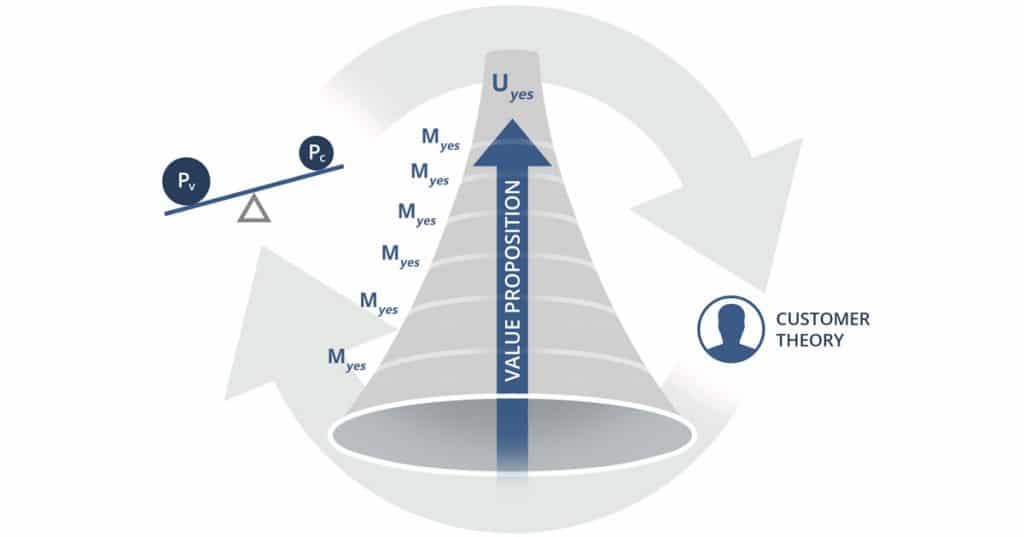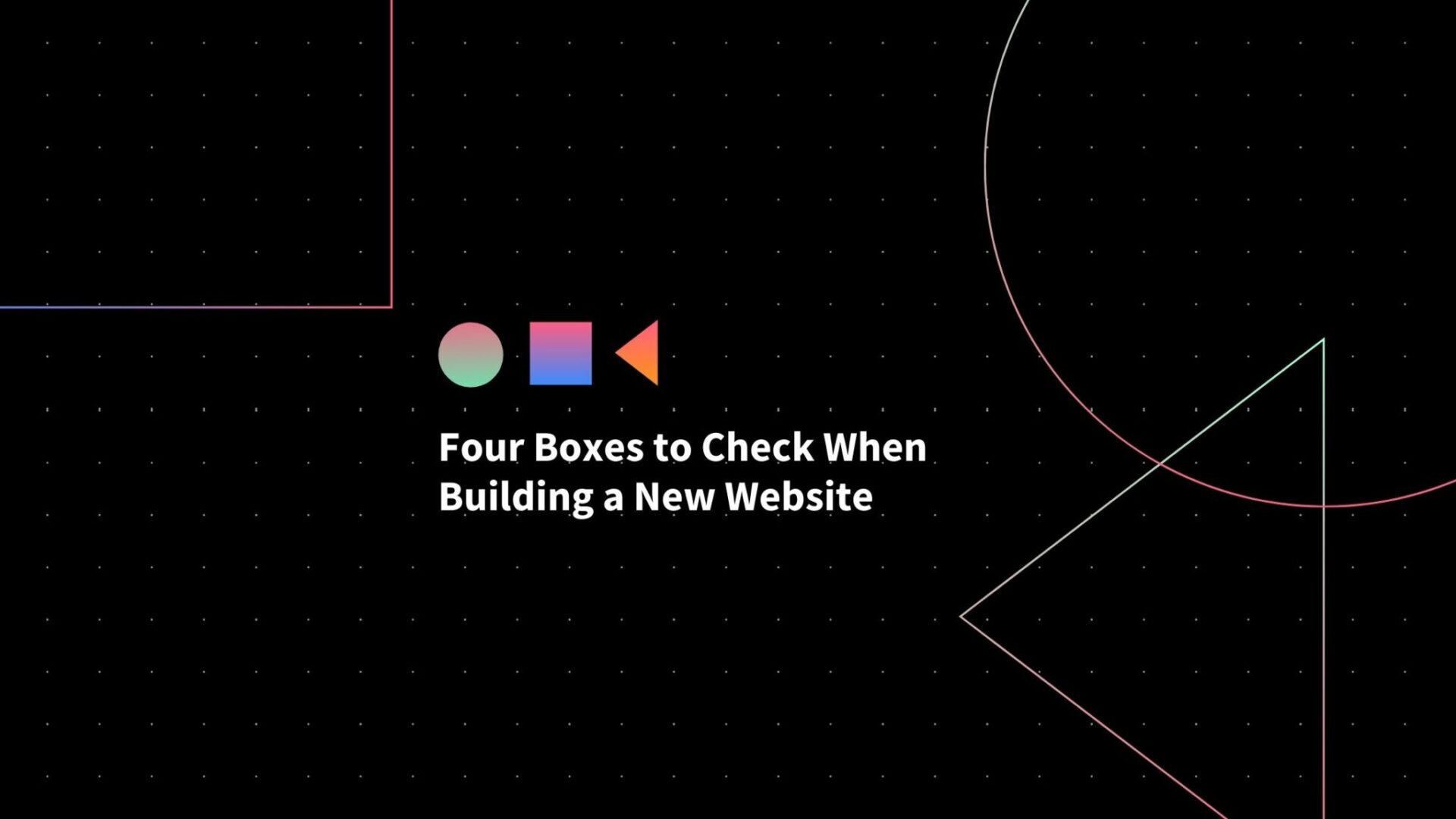Every great website tells a story. But before that story can reach its audience, we must embark on our own journey of creation – one that transforms ideas and objectives into a living, breathing digital presence. This guide will walk you through that journey, exploring the four pillars that support every successful website project.
The First Pillar: Understanding Your Digital Audience
Imagine walking into a room full of strangers. You wouldn’t start speaking without first understanding who’s there and what brings them together. The same principle applies to your website. Before writing a single line of code or designing any interface, we need to understand who we’re building for.
The Art of Creating Buyer Personas
Think of buyer personas as characters in your website’s story. They’re not just demographic data points; they’re representations of real people with real needs, challenges, and aspirations. To create meaningful personas:
Start with observation and research:
- What challenges do your potential users face daily?
- What solutions are they currently using?
- Where do they go for information?
- What kind of language resonates with them?
Then, breathe life into these observations by creating detailed profiles. Give each persona a name, a story, and a journey. This isn’t just an exercise in creativity – it’s the foundation of every decision you’ll make moving forward.
Crafting Your Value Story
With your audience defined, it’s time to craft the story of how you’ll help them. This isn’t about listing features or capabilities; it’s about weaving a narrative that connects your solutions to their needs. Consider:
- The journey that brought them to your website
- The transformation they’re seeking
- The unique way your solution fits into their story
The Second Pillar: The Psychology of Conversion
Traditional marketing often depicts the buyer’s journey as a simple downward funnel. But real human behavior is far more complex and interesting. Let’s explore a more nuanced model that better reflects how people actually make decisions online.
The Inverted Funnel: A Story of Gravity and Resistance

Picture a mountain climber ascending a steep slope. Each step requires effort, commitment, and trust. This is the reality of the inverted funnel model – where users don’t simply fall into conversion, but rather climb toward it, fighting against natural hesitations and doubts.
Key elements of this journey include:
- Initial Trust Building: Creating a foundation of credibility
- Value Elevation: Making each step worth the effort
- Anxiety Reduction: Addressing natural concerns and hesitations
- Clear Pathways: Showing the way forward
The Psychology of Digital Trust
Understanding psychological triggers is crucial:
- Social Proof: How others’ experiences shape trust
- Authority: Establishing expertise without bragging
- Scarcity: The role of exclusivity and urgency
- Reciprocity: The power of giving before asking
The Third Pillar: Technical Excellence
A website is like a high-performance vehicle – what’s under the hood matters just as much as the exterior design. Let’s explore the engineering that powers exceptional website performance.
The Foundation: Hosting and Infrastructure
Your hosting environment is the ground your website stands on. Consider:
- Server Response Time: The first crucial milliseconds
- Resource Allocation: Ensuring consistent performance
- Scalability: Preparing for growth and traffic spikes
- Security: Protecting your digital assets
The Architecture of Speed
Modern websites must be built for speed from the ground up:
Code Optimization:
- Efficient resource loading
- Strategic caching implementation
- Minimal dependencies
- Clean, maintainable structure
User Interface Engineering:
- Progressive enhancement
- Responsive design principles
- Accessibility integration
- Performance-first design decisions
The Art of Image Optimization
Images tell powerful stories, but they can also slow down your narrative:
- Format Selection: Choosing the right format for each use case
- Size Optimization: Finding the sweet spot between quality and performance
- Delivery Strategy: Implementing responsive images and lazy loading
- Modern Formats: Leveraging next-generation image formats
The Fourth Pillar: Data-Driven Improvement
Every website tells two stories: one to its users and one through its data. Learning to read and interpret this data is crucial for continuous improvement.
The Analytics Journey
Think of analytics as your website’s diary, recording every interaction and experience:
- User Behavior: Understanding how people navigate your site
- Conversion Patterns: Identifying what works and what doesn’t
- Performance Metrics: Monitoring technical health
- Error Tracking: Catching and fixing issues early
The Improvement Cycle
Website development is never truly finished. Instead, it’s an ongoing cycle of:
- Observation: Collecting and analyzing data
- Hypothesis: Forming theories about improvements
- Testing: Implementing and measuring changes
- Learning: Drawing conclusions and planning next steps
Bringing It All Together
Creating an effective website is like conducting an orchestra – each element must play its part in perfect harmony. Success comes from:
- Understanding your audience deeply
- Creating meaningful user journeys
- Building with technical excellence
- Continuously learning and improving
Remember, your website is not just a digital brochure – it’s a living story that evolves with your users’ needs and expectations. By focusing on these four pillars and maintaining a commitment to excellence in each area, you create not just a website, but a digital experience that resonates with your audience and achieves your goals.
The journey of website development never truly ends. It’s a continuous process of learning, adapting, and improving. Each day brings new opportunities to better serve your users and tell your story more effectively.
